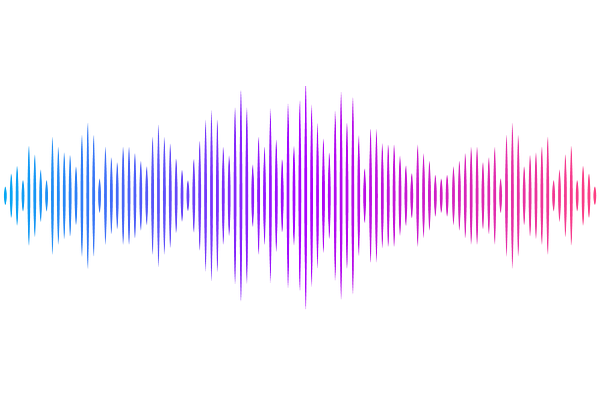Unified Solar Modulation Potential for Same-Charge Cosmic Rays and Implications for Local Interstellar Spectra

Unified Solar Modulation Potential for Same-Charge Cosmic Rays and Implications for Local Interstellar Spectra
Meng-Jie Zhao, Xing-Jian Lv, Xiao-Jun Bi, Kun Fang, Peng-Fei Yin
AbstractThe energy spectra of cosmic rays (CRs) below tens of GeV are significantly modulated by solar activity within the heliosphere. To investigate the properties of Galactic CRs, it is important to determine the unmodulated local interstellar spectrum (LIS). Recent high-precision temporal measurements of CR energy spectra, released by the AMS-02 collaboration, provide a crucial observational foundation for this endeavor. In this study, we employ the widely used force-field approximation (FFA) model to analyze the AMS-02 data, and attempt to derive the LIS for CR protons and positrons. By applying a non-LIS method, we derive temporal variations of the relative solar modulation potential, $\Delta\phi$, for individual particle species. Our analysis demonstrates that the FFA provides sufficient accuracy in explaining the AMS-02 spectral measurements of all particles during the low solar activity period. Notably, the derived $\Delta\phi(t)$ for protons and positrons, as well as for electrons and antiprotons, exhibit excellent consistency, indicating that particles with the same charge sign can be effectively described within a unified FFA framework during the low solar activity period. Having established a well-constrained proton LIS and its associated modulation potential, we apply the common modulation behavior between positrons and protons to demodulate the AMS-02 positron measurements, and derive the positron LIS without necessitating prior knowledge of its characteristics. This LIS is useful for quantitative investigations into potential exotic origins of CR positrons.